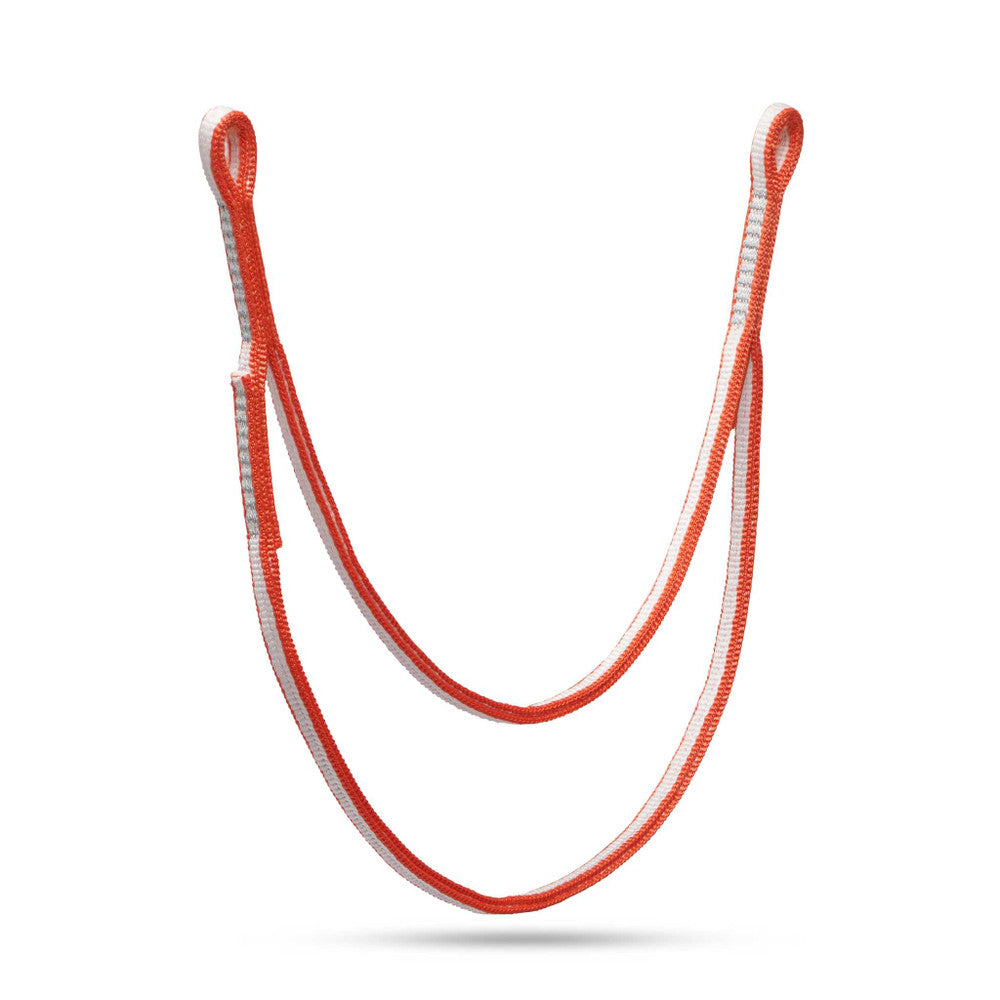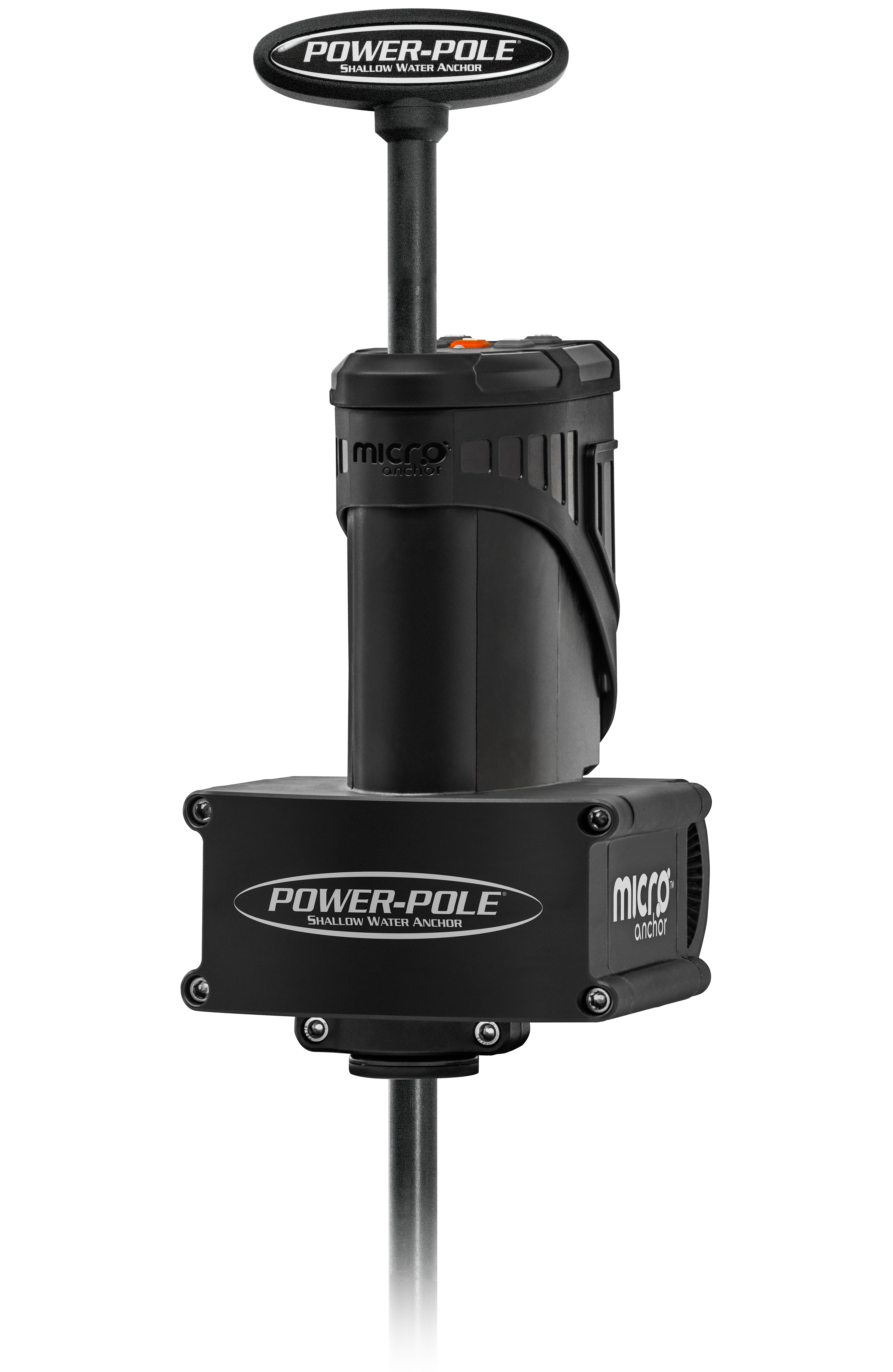The Vital Guide to Understanding Various Kinds of Anchoring Systems
Understanding anchoring systems is essential for various applications, from marine to construction settings - Duckbill Earth Technology. Various anchors offer unique purposes based upon their atmosphere and lots demands. This overview discovers the numerous sorts of supports, including ground, boat, and building anchors. It additionally deals with the materials utilized and vital considerations for choice. Each option influences security and dependability. Just what should one prioritize when selecting the right support? The solution lies ahead
Kinds of Watercraft Anchors
When selecting a watercraft anchor, recognizing the numerous types readily available is crucial for guaranteeing security and safety on the water. The most typical kinds consist of the fluke support, known for its lightweight layout and reliable keep in sand and mud; the rake support, which masters a range of seabed problems as a result of its self-setting capacity; and the mushroom anchor, preferred for its holding power in soft bottoms. Another alternative is the grapnel support, commonly used for little watercrafts and kayaks, perfect for rough shallows. Each anchor kind has specific applications, adding to its performance based upon the vessel dimension and environmental problems. Picking the right support not only boosts security but likewise improves the overall boating experience. Comprehending these distinctions permits boaters to make enlightened decisions, guaranteeing they preserve control and safety while traversing varied water bodies.
Building and Structural Anchors
Structure and architectural supports play a vital function in guaranteeing the stability and safety of numerous buildings - Affordable Ground Anchors. These anchors are important parts that secure frameworks to their structures or support group, protecting against activity as a result of ecological variables such as wind, seismic activity, or dirt negotiation. Common types include mechanical anchors, glue supports, and development anchors, each offering details objectives based upon tons demands and material compatibility
Mechanical anchors, as an example, are typically utilized in concrete and masonry, supplying high tensile toughness. Glue supports make use of chemical bonding to accomplish durable connections, while expansion anchors are created to grasp the bordering product as they are tightened.
The option of an appropriate support type relies on elements such as tons capacity, ecological problems, and the products included. Proper installment and upkeep of these anchors are necessary for the durability and safety and security of the structure, highlighting their significance in building and engineering methods.
Ground Supports for Exterior Structures
Ground supports play a necessary function in securing exterior structures versus environmental forces. Numerous kinds of ground supports, in addition to their setup techniques, identify their performance and dependability. Additionally, considerations relating to load capability are vital for making certain the structural honesty of these installments.
Types of Ground Anchors
Supports act as the foundation for safeguarding outdoor structures, making certain security and safety in varying ecological conditions. There are a number of sorts of ground supports, each made for details applications and soil problems. Helical anchors feature a screw-like layout, enabling very easy installation in different surfaces. Driven supports are battered into the ground, offering solid resistance versus lateral lots. Grouted anchors use a bonding material to enhance stability, making them appropriate for hefty structures. Deadman supports are composed of a hidden mass that disperses load, perfect for maintaining fencings and walls. Each type serves an unique purpose, enabling home builders and designers to choose one of the most efficient anchoring system based upon task requirements and website conditions.
Setup Strategies Review
Effective installation techniques are vital for assuring the performance and long life of ground anchors in outside structures. Proper website evaluation precedes installment, where soil conditions and moisture levels are examined to figure out suitability. The option of the proper anchor type need to align with structural demands and environmental variables. Throughout installation, precision is key; supports need to be put at the correct deepness and angle to maximize their load-bearing capabilities. Using the right tools, such as augers or hydraulic equipment, facilitates accurate placement and decreases disruption to bordering soil. Adhering to producer guidelines for installment treatments is critical to achieving peak anchor efficiency. Post-installation inspections ensure that supports are safely in area and working as intended, therefore improving the stability of the structure.
Tons Ability Considerations
When reviewing tons ability for ground anchors in exterior structures, a number of vital factors must be taken into consideration to verify safety and performance. The dirt kind plays a substantial function; cohesive dirts supply various holding abilities compared to granular soils. Additionally, the anchor's layout and material influence its toughness and durability. Ecological conditions, such as wetness and temperature level fluctuations, can likewise influence the anchor's performance with time. The intended tons, consisting of static and dynamic pressures, need to be analyzed to validate the anchor can hold up against anxieties properly. In addition, local policies and safety and security requirements need to be complied with during the selection and setup process. Appropriately reviewing these factors verifies that ground anchors operate accurately and support outside structures securely.
Specialized Anchoring Systems
Specialty anchoring systems are created to meet distinct demands in different applications, supplying solutions where conventional anchors might drop brief. These systems satisfy certain challenges, such as those experienced in underwater construction, high-altitude installments, or areas with unstable dirt problems. For example, helical anchors are often made use of in marine environments due to their ability to provide solid holding power in soft sediment. Similarly, rock supports are used in mountainous regions for protecting structures versus rockfall or landslides. Specialty systems may also consist of chemical anchors, which bond with substratums to improve load-bearing capacity. In addition, they often incorporate advanced engineering strategies to deal with environmental aspects, making certain safety and security and stability in varied conditions. By employing customized designs, specialty anchoring systems provide services that enhance the toughness and performance of structures sought after scenarios, making them crucial in modern building and construction and engineering projects.
Materials Used in Anchoring Systems
The performance of anchoring systems is considerably affected by the materials used in their building. Usual materials include steel, aluminum, and different artificial compounds, each offering distinctive advantages. Steel, commonly utilized for its strength and toughness, provides robust support in difficult environments however is at risk to rust if not correctly treated. Aluminum, lighter than steel, provides resistance to deterioration and is excellent for marine applications, although it may not sustain hefty tons as properly. Synthetic materials, such as nylon and polypropylene, are increasingly prominent as a result of their lightweight properties and resistance to environmental aspects. These materials can additionally soak up shock loads, boosting overall efficiency. The option of material plays an essential duty in the effectiveness and durability of anchoring systems, influencing their viability for particular applications. Recognizing these materials enables much better decision-making in the design and selection of anchoring services.
Aspects to Take Into Consideration When Picking a Support
Choosing an anchor requires careful factor to consider of a number of necessary variables that can substantially affect its performance and suitability for particular applications. The first variable is the sort of soil or substrate, as various supports execute far better in differing problems such as clay, rock, or sand. In addition, the expected tons, including dynamic and fixed forces, have to be examined to establish the support's stamina needs.
The anchor's dimension and weight are likewise significant, as they need to match the vessel or framework being safeguarded to guarantee security. Environmental problems, such as tidal motions and climate patterns, can additionally affect anchor option.
In addition, the desired use-- whether for irreversible or short-term applications-- will influence the option of support type. Finally, compatibility with various other anchoring systems can improve total safety and security and efficiency. As a result, a comprehensive evaluation of these aspects ensures the ideal anchor is chosen for peak efficiency.
Installment and Maintenance Tips

Regular evaluations are very important to identify wear, deterioration, or any indications of failure. Customers ought to look for loosened components and tighten up or replace them as needed. Cleaning up the support factors occasionally can avoid the accumulation of debris that may endanger their honesty.
On top of that, customers need to think about environmental factors such as wetness and temperature level, which may influence the supports' performance. Maintaining documents of maintenance activities can help track the system's problem gradually. Following these techniques will certainly improve the dependability and resilience of anchoring systems, ultimately adding to the safety and security of the general framework.
Regularly Asked Inquiries
What Are the Environmental Effects of Various Anchoring Solutions?
The environmental effects of various anchoring systems consist of damages to aquatic ecosystems, sediment disruption, and prospective injury to local wildlife. Sustainable practices can mitigate these impacts, advertising healthier underwater habitats and protecting biodiversity in coastal areas.
How Do Regulations Affect Anchoring System Choices?
Rules greatly influence anchoring system selections by imposing Affordable Ground Anchors safety and security criteria, environmental managements, and operational guidelines (Portable Building Anchors). Subsequently, users need to abide with these demands, leading to the choice of systems that stabilize performance, validity, and ecological factors to consider
Can I Make Use Of Several Supports Together?
Making use of multiple anchors together is viable and often enhances security. Nevertheless, one should take into consideration the specific problems and attributes of each anchor kind, guaranteeing they function harmoniously to accomplish the desired holding power and safety and security.
What Prevail Blunders When Making Use Of Anchoring Solutions?
Typical blunders when using anchoring systems consist of inappropriate weight distribution, poor knowledge of environmental problems, disregarding routine equipment maintenance, stopping working to account for tidal changes, and utilizing inappropriate materials, which can endanger security and efficiency.
Exactly How Do Climate Condition Influence Support Performance?
Climate condition considerably affect anchor performance, as solid winds and stormy waters can raise stress on the anchor. Furthermore, hefty rainfall might alter seabed problems, impacting the support's grasp and total security during damaging weather occasions.
